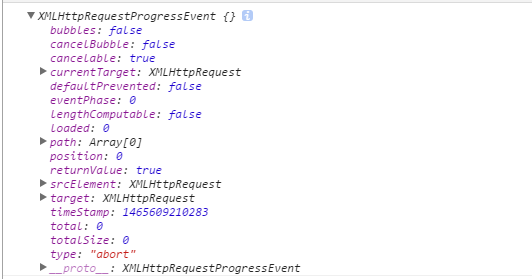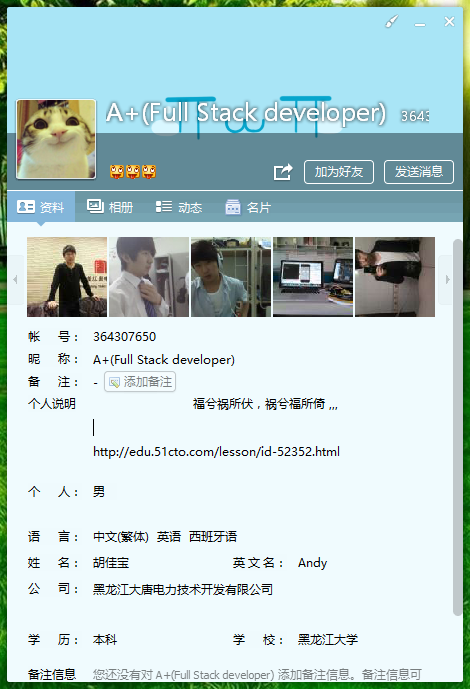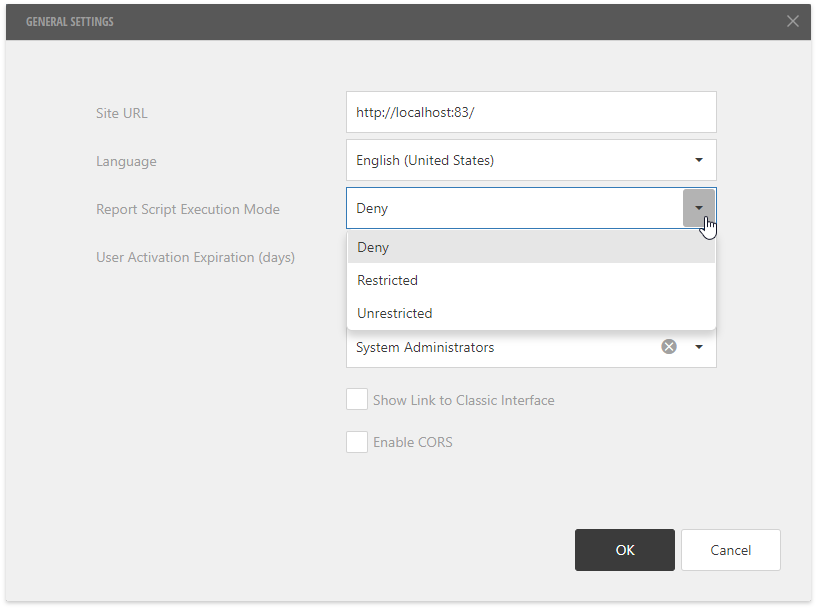Im trying to understand how to create a custom print function.
(using python 2.7)
import sys
class CustomPrint():
def __init__(self):
self.old_stdout=sys.stdout #save stdout
def write(self, text):
sys.stdout = self.old_stdout #restore normal stdout and print
print 'custom Print--->' + text
sys.stdout= self # make stdout use CustomPrint on next 'print'
# this is the line that trigers the problem
# how to avoid this??
myPrint = CustomPrint()
sys.stdout = myPrint
print 'why you make 2 lines??...'
The code above prints this to console:
>>>
custom Print--->why you make 2 lines??...
custom Print--->
>>>
and i want to print only one line:
>>>
1custom Print--->why you make 2 lines??...
>>>
But cant figure out how to make this custom print work , i understand that there's some kind of recursion that triggers the second output to the console (i use self.write , to assign stdout to self.write himself !)
how can i make this work ? or is my approach just completely wrong...
It's not recursion. What happens is your write function is called twice, once with the text you expect, second time with just '\n'. Try this:
import sys
class CustomPrint():
def __init__(self):
self.old_stdout=sys.stdout
def write(self, text):
text = text.rstrip()
if len(text) == 0: return
self.old_stdout.write('custom Print--->' + text + '\n')
What I do in the above code is I add the new line character to the text passed in the first call, and make sure the second call made by the print statement, the one meant to print new line, doesn't print anything.
Now try to comment out the first two lines and see what happens:
def write(self, text):
#text = text.rstrip()
#if len(text) == 0: return
self.old_stdout.write('custom Print--->' + text + '\n')
One solution may be to use a context manager if it's localised.
#!/usr/bin/env python
from contextlib import contextmanager
################################################################################
@contextmanager
def no_stdout():
import sys
old_stdout = sys.stdout
class CustomPrint():
def __init__(self, stdout):
self.old_stdout = stdout
def write(self, text):
if len(text.rstrip()):
self.old_stdout.write('custom Print--->'+ text)
sys.stdout = CustomPrint(old_stdout)
try:
yield
finally:
sys.stdout = old_stdout
################################################################################
print "BEFORE"
with no_stdout():
print "WHY HELLO!\n"
print "DING DONG!\n"
print "AFTER"
The above produces:
BEFORE
custom Print--->WHY HELLO!
custom Print--->DING DONG!
AFTER
The code would need tidying up esp. around what the class should do WRT setting stdout back to what it was.
How about doing from __future__ import print_function. This way you will use Python3 print function instead of print statement from Python2. Then you can redefine the print function:
def print(*args, **kwargs):
__builtins__.print("Custom--->", *args, **kwargs)
There is a catch however, you will have to start using print function.




